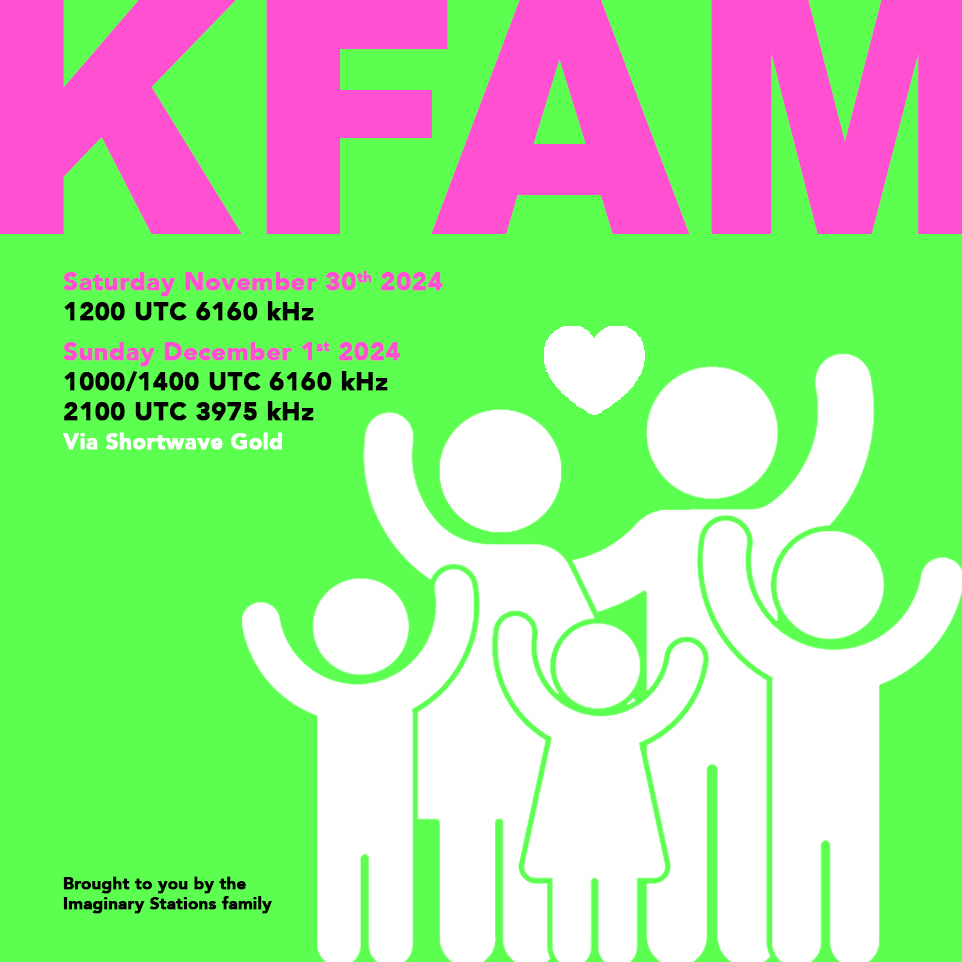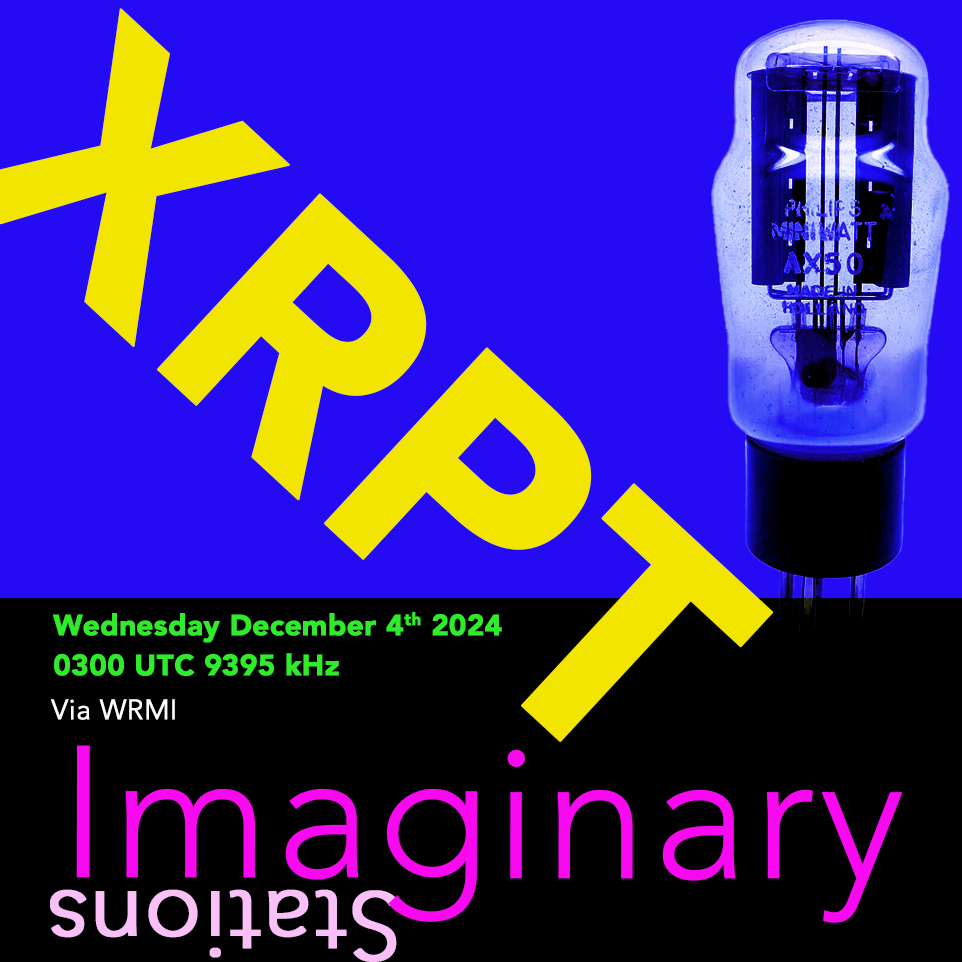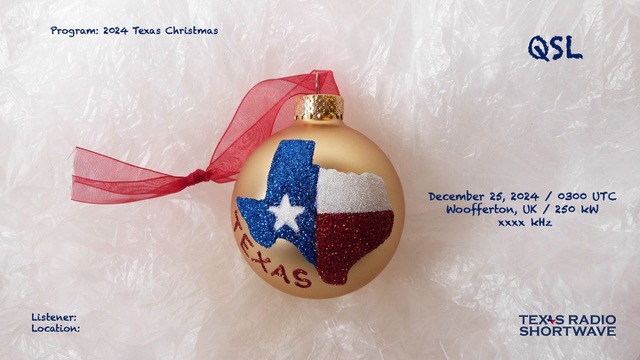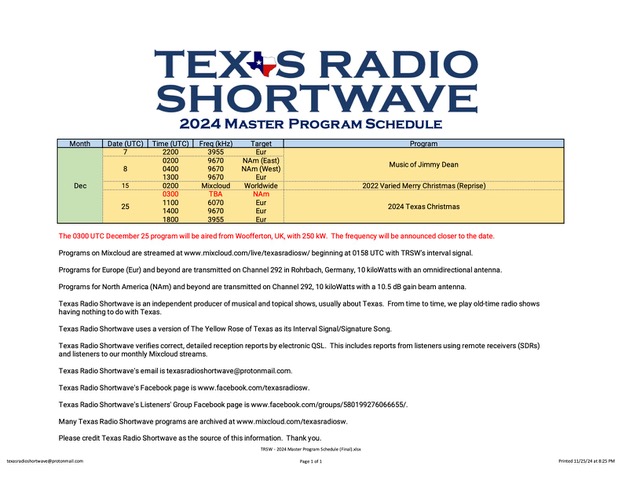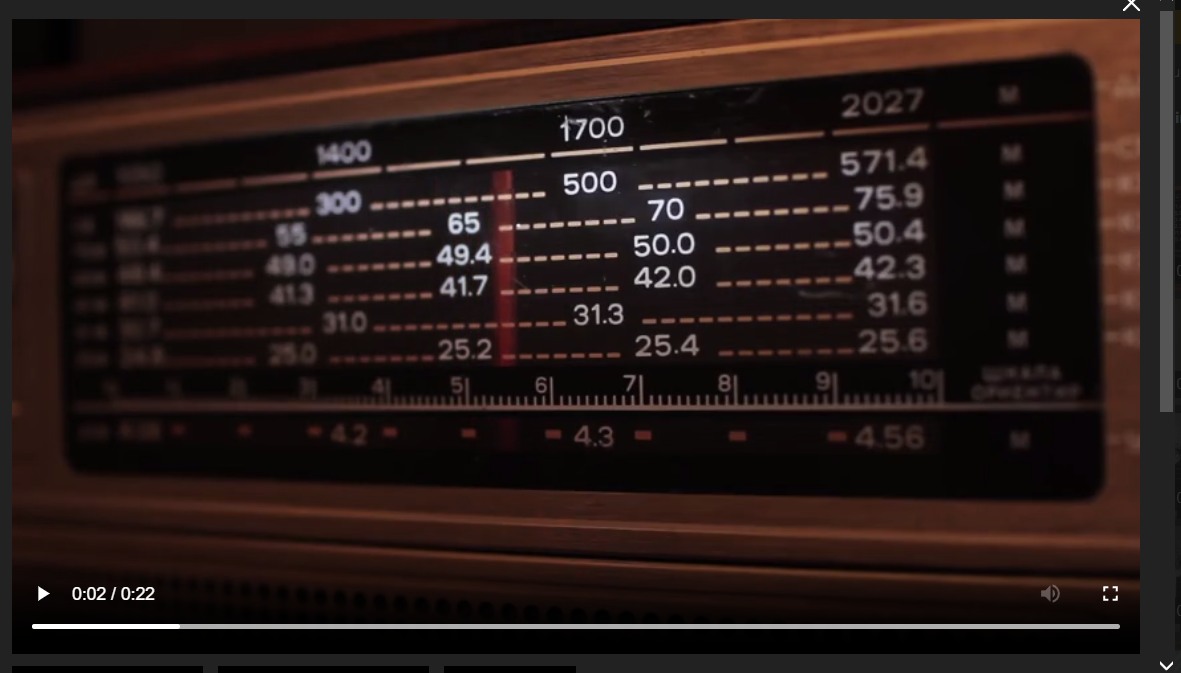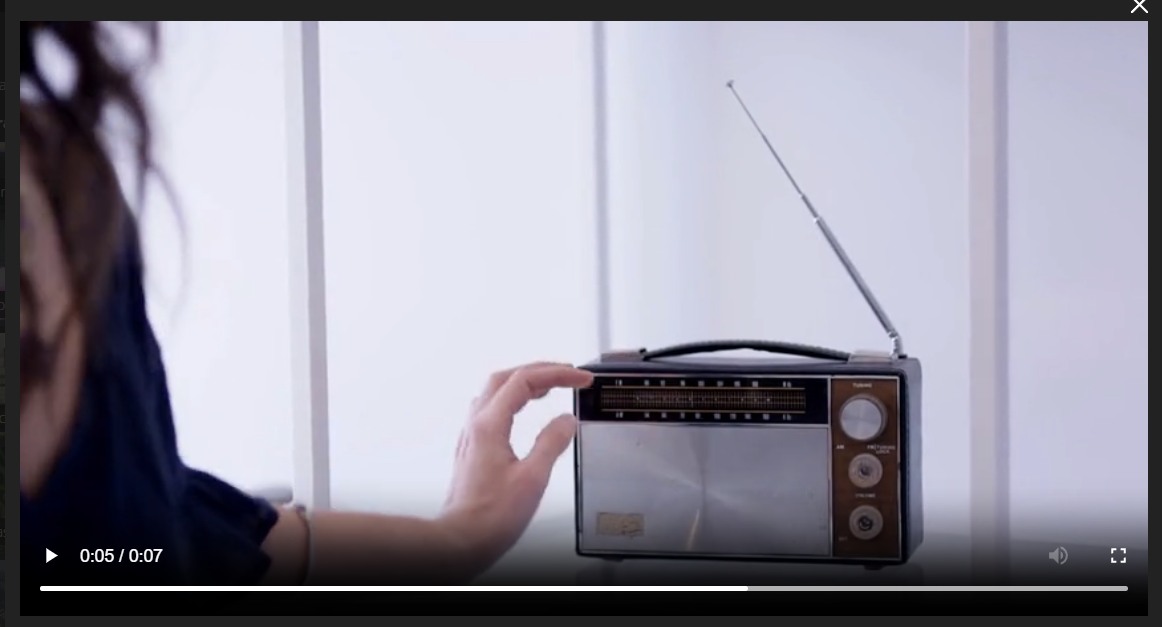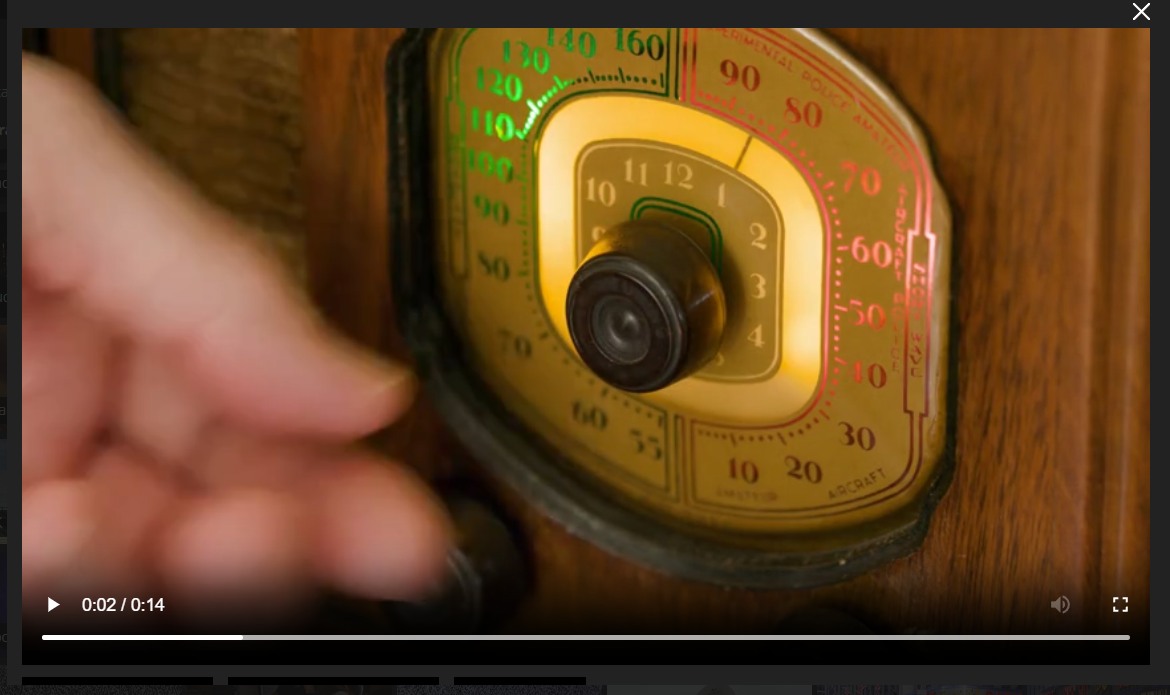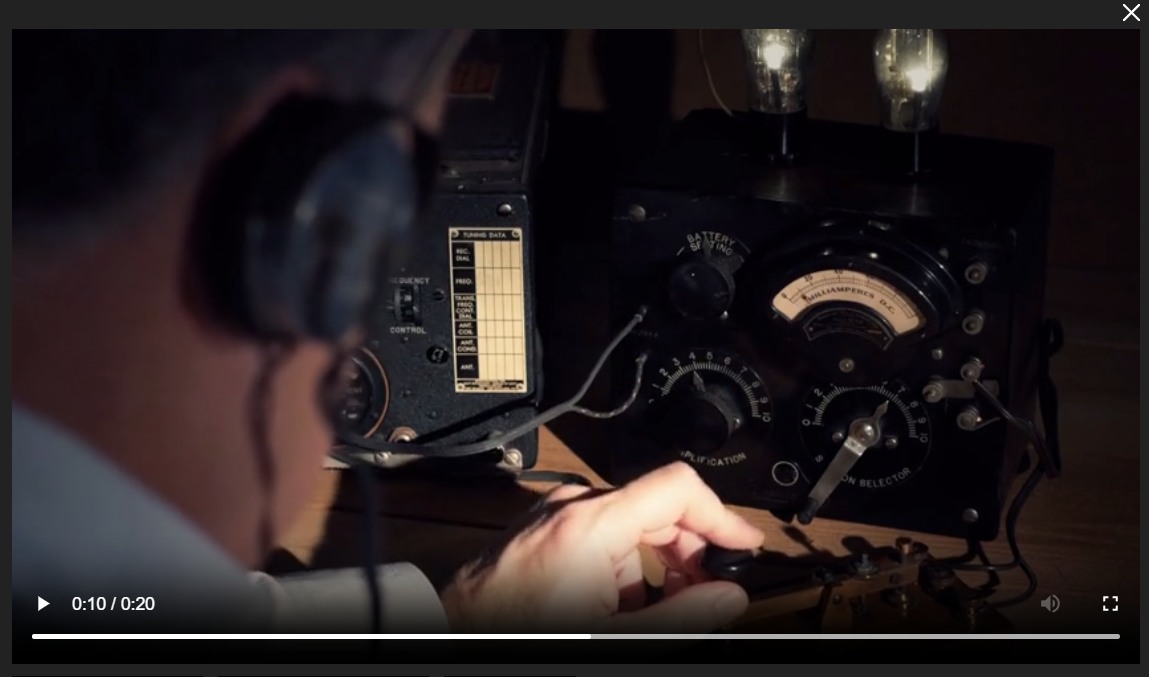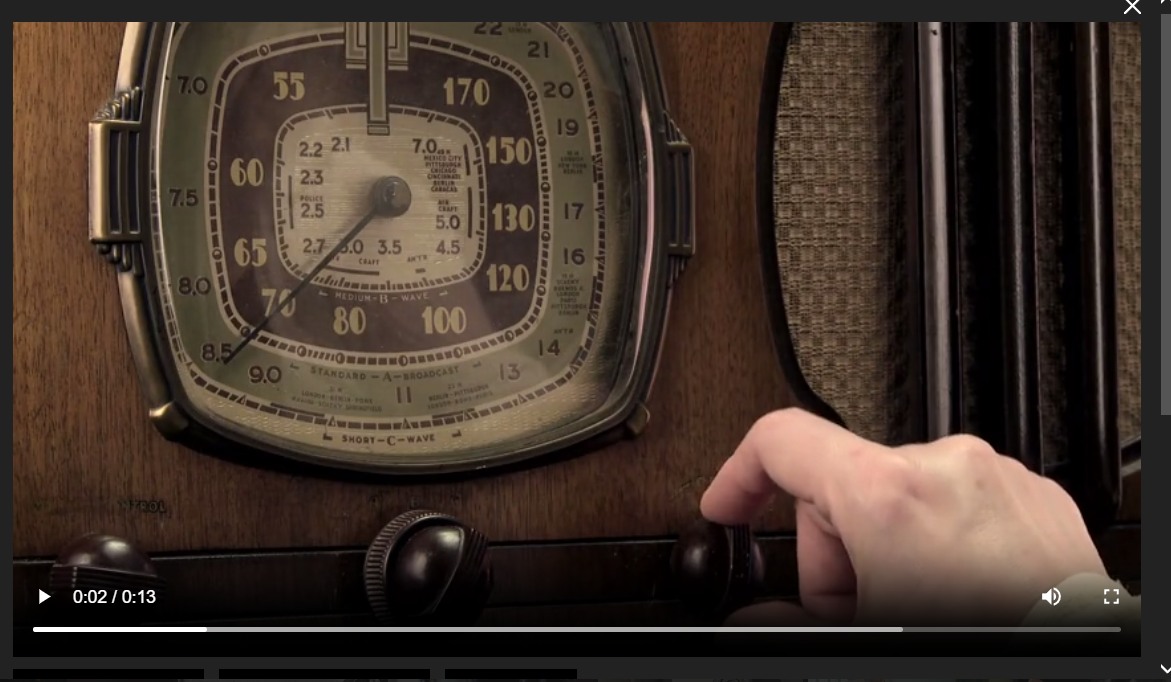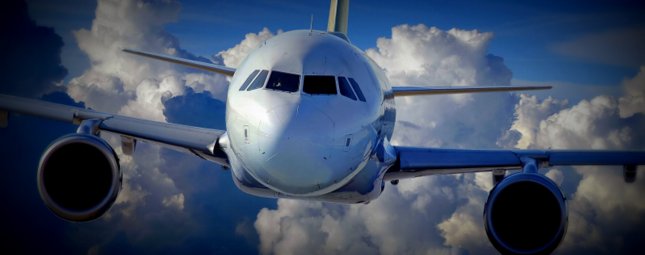 Many thanks to SWLing Post contributor, Egil, who shares the folowing:
Many thanks to SWLing Post contributor, Egil, who shares the folowing:
Hi Thomas,
I have been rather inactive on the radio front for most of the year, but every now and then I just have to check the web to see how others are doing.
And when I read Carlos’ article last night about the Canadian VOLMET stations, it brought back memories.
Because every time in the past I have heard HFDL on 13270kHz, I have also heard Gander Volmet on the same frequency.
That also happened last night (November 3, 2024). A short recording is attached. The signals were received with an ICOM IC-R75 connected to an indoor Wellbrook 1530 loop antenna mounted in the attic.
Audio Player
I have wondered for years why I always hear both Gander Volmet and HatYai HFDL at the same time on this frequency, and never just one of them. And usually they both have the same signal strength here just outside the city of Kristiansund, Norway.
All the best!
LA2PJ – Egil Ingebrigtsen
Many thanks for sharing this, Egil. I, too, have always enjoyed monitoring VOLMET stations–I’m certain it’s due to the fact I’m a bit of an aviation enthusiast. Cheers!
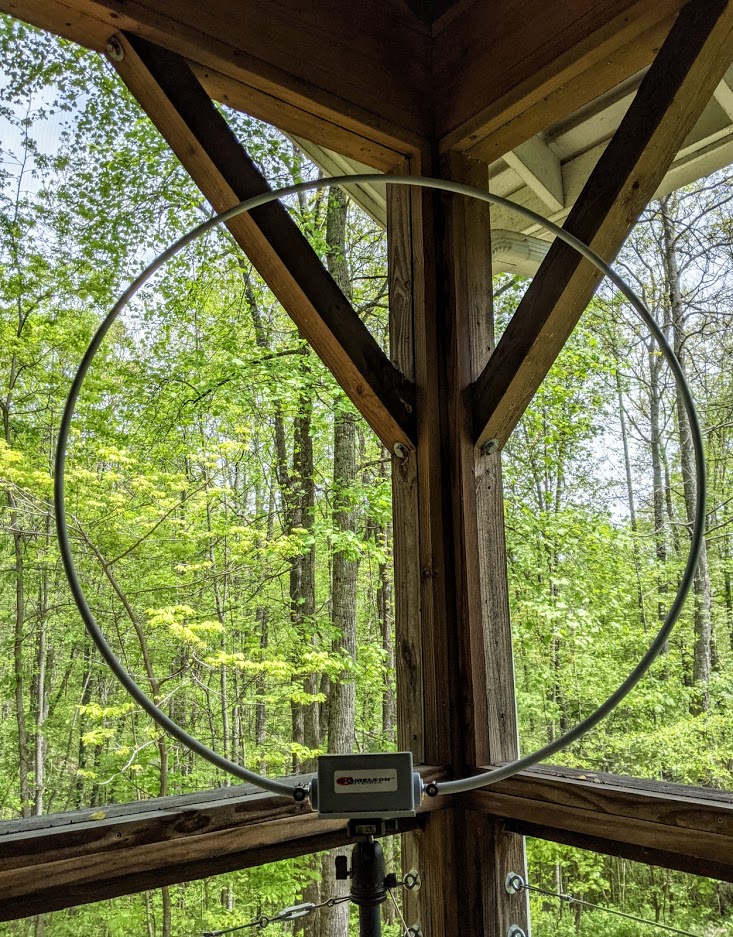 Many thanks to SWLing Post contributor, Alan, who writes:
Many thanks to SWLing Post contributor, Alan, who writes:
